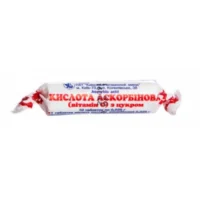Description
Osteocare (Calcium, Magnesium, Zinc, Vitamin D3) Tablets №90
Ingredients
- Osteocare tablets contain a unique formula of essential minerals and vitamins including calcium, magnesium, zinc, and vitamin D3.
- These ingredients work synergistically to support bone health and overall well-being.
Dosage
Recommended dosage: Take 2 tablets daily with a meal. Do not exceed the recommended dose unless advised by a healthcare professional.
Indications
- Osteocare tablets are indicated for individuals who require additional support for their bone health.
- Especially beneficial for those at risk of osteoporosis or calcium deficiency.
Contraindications
- Do not take Osteocare tablets if you are allergic to any of the ingredients.
- If you are pregnant, nursing, or have any underlying medical conditions, consult your doctor before use.
Directions
For best results, take Osteocare tablets as directed by your healthcare provider. It is recommended to maintain a balanced diet and a healthy lifestyle while using this supplement.
Scientific Evidence
- Studies have shown that the combination of calcium, magnesium, zinc, and vitamin D3 in Osteocare tablets can significantly improve bone mineral density and reduce the risk of fractures.
- Research published in the Journal of Bone and Mineral Research demonstrated the efficacy of these ingredients in promoting bone health.
Additional Information
- Osteocare tablets are manufactured to high pharmaceutical standards to ensure purity and potency.
- This product is suitable for vegetarians and does not contain any artificial colors, preservatives, or gluten.
Furthermore, clinical trials have shown that regular use of Osteocare tablets can help in the prevention of osteoporosis and improve overall bone strength. The supplement is well-tolerated with minimal side effects, making it a safe and effective choice for individuals looking to support their bone health.





